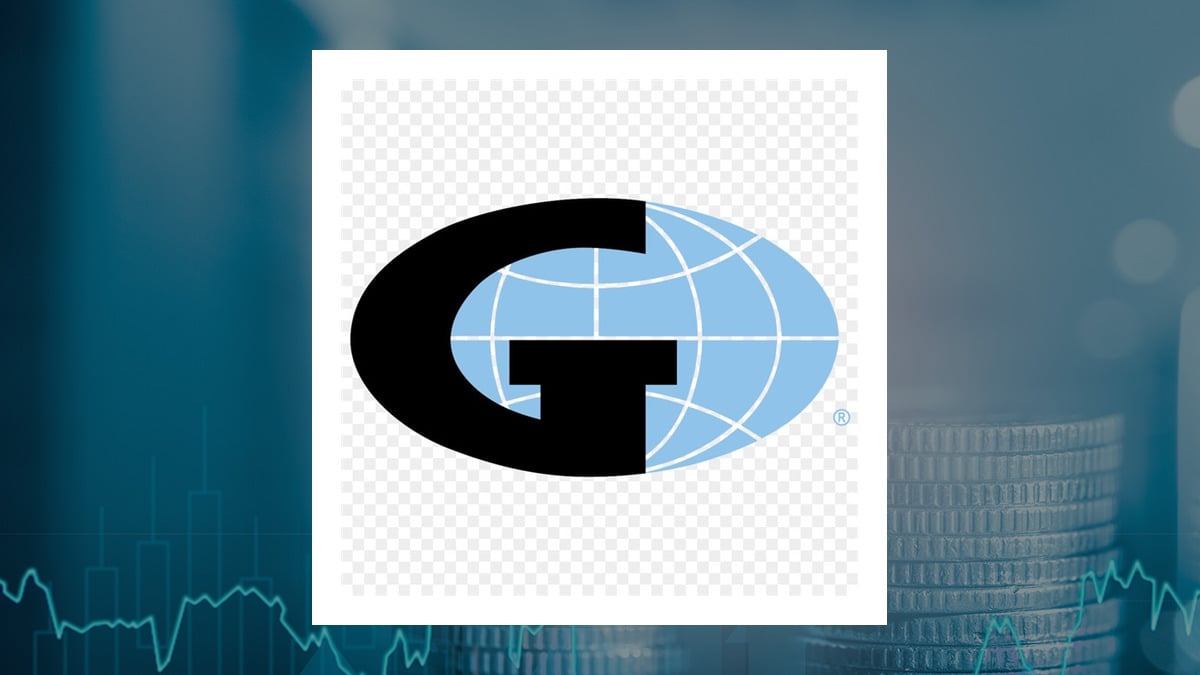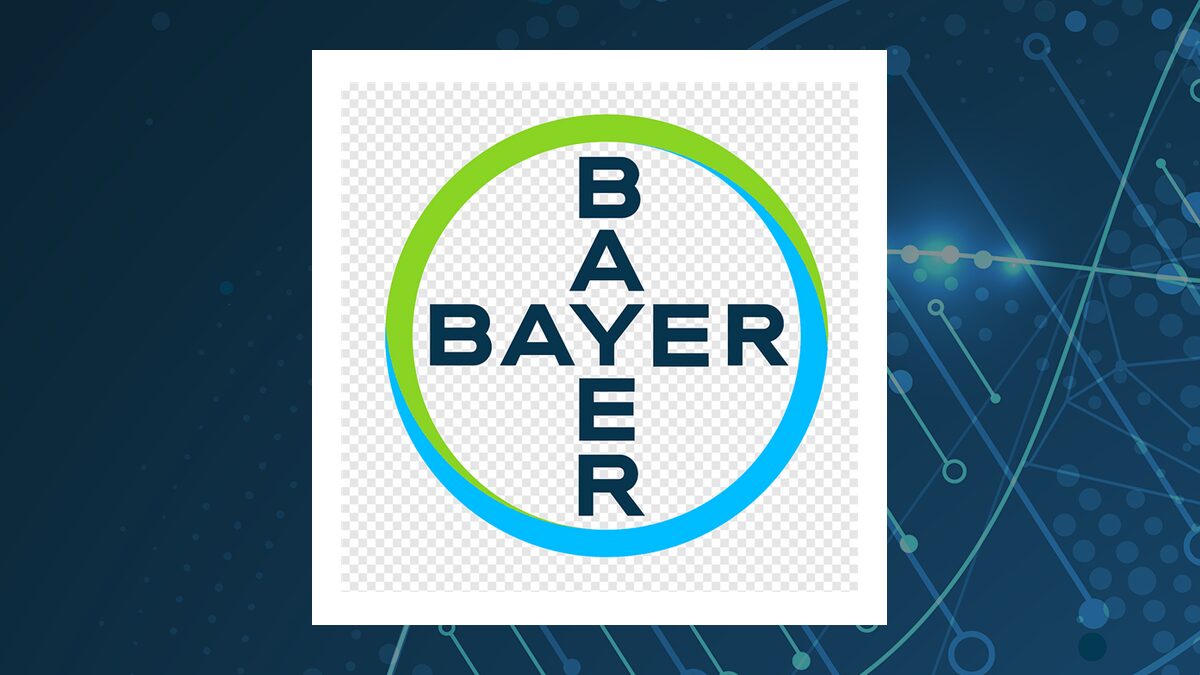New York City has implemented a groundbreaking initiative requiring chain restaurants to display sugar warning labels on their menus. Effective from October 4, 2023, this regulation is the first of its kind in the United States, aiming to inform customers about the sugar content in their food and beverages.
The initiative introduces a distinctive symbol—a white spoon inside a black triangle—marking menu items that contain over 50 grams of added sugar, which is the maximum daily intake recommended by the Food and Drug Administration. This measure affects nearly 4,000 chain restaurants in the city, specifically those with 15 or more locations.
Acting Health Commissioner Dr. Michelle Morse stated, “Through this rule, we aim for New Yorkers to have more insight into the amount of sugar in certain products to make more informed choices.” This initiative follows the law passed in 2023 and is part of a broader effort to combat health issues associated with high sugar consumption.
Implementation Guidelines and Penalties
The New York City Department of Health (DOH) has communicated the new requirements to restaurant operators via emails, inspection notices, and an online guidance page. Starting in January, restaurants that fail to comply will face fines of $200 for violations. Menus must also provide an explanation of the symbol to ensure clarity for consumers.
The new regulation stipulates that if a menu item is available both prepackaged and freshly prepared under the same brand, each must feature the warning icon. For example, a bottled milkshake sold in stores and its restaurant counterpart could both require a warning, while custom-made items like a McFlurry would not. Additionally, combo meals or shared desserts containing 50 grams or more of added sugars are also subject to the label requirement.
Carine Nassar, a registered dietitian specializing in diabetes and metabolism at MedStar Health, believes that the introduction of these icons could guide consumers toward healthier choices. She noted that the 50 grams threshold is a reasonable starting point, suggesting that lowering it in the future could further benefit public health.
Mixed Reactions and Future Implications
Despite the well-intentioned initiative, reactions from the public and critics have varied. Some consumers reported that they did not notice the new icon on menus, and surveys indicate that awareness of sugar warnings often does not translate into behavioral changes. A study from 2020 revealed that over 20% of fast-food customers still opted for sugary drinks containing at least 200 calories, representing a full day’s worth of added sugar.
Critics have also expressed concerns about the regulation’s limited scope, as it applies only to chain restaurants, excluding smaller establishments such as independent eateries, bodegas, or food carts. Some members of the public have voiced that this selective enforcement may be perceived as unjust, questioning the overall effectiveness of the initiative.
Sapana Grossi, managing partner at the Shah Grossi Law Firm, commented on the regulatory burden this could place on restaurants, stating that some may need to reformulate menu items to avoid the warning. While acknowledging the potential benefits to public health, she emphasized the balancing act between regulation and operational feasibility.
As the DOH prepares to monitor the impact of this policy, officials are consulting with academic researchers to evaluate whether the sugar warnings effectively influence consumer purchasing decisions. The future of similar initiatives in other cities may depend on the outcomes observed in New York City.
In conclusion, New York City’s new sugar warning labels on restaurant menus represent a significant step in public health policy aimed at reducing sugar consumption. While the initiative has garnered attention and sparked discussion, its ultimate effectiveness in altering consumer behavior remains to be seen.






